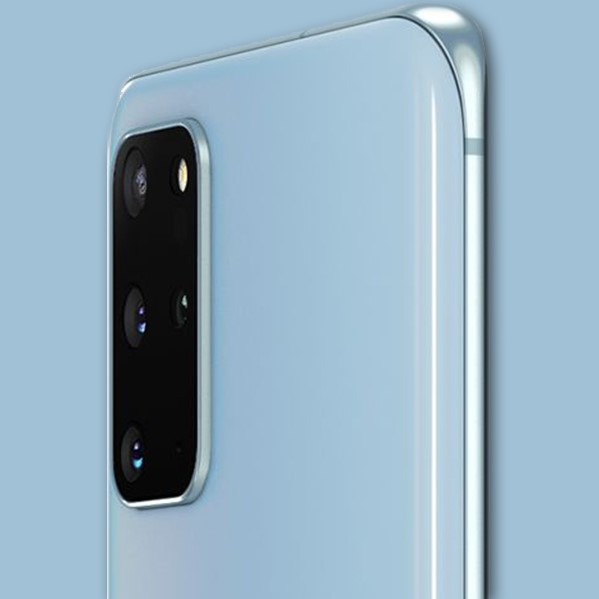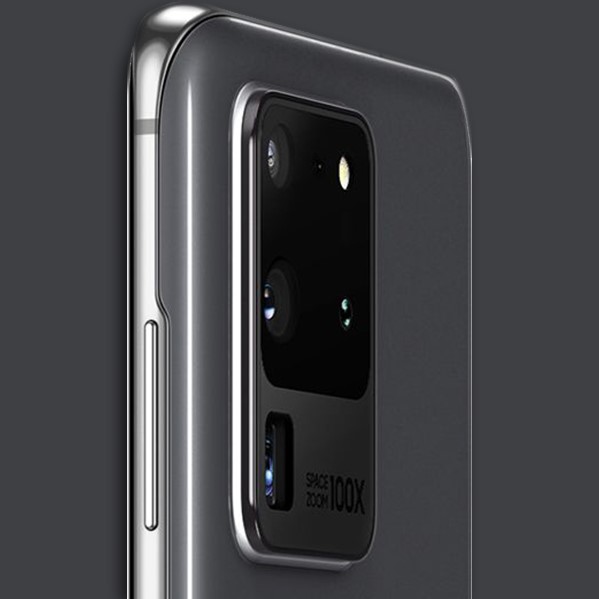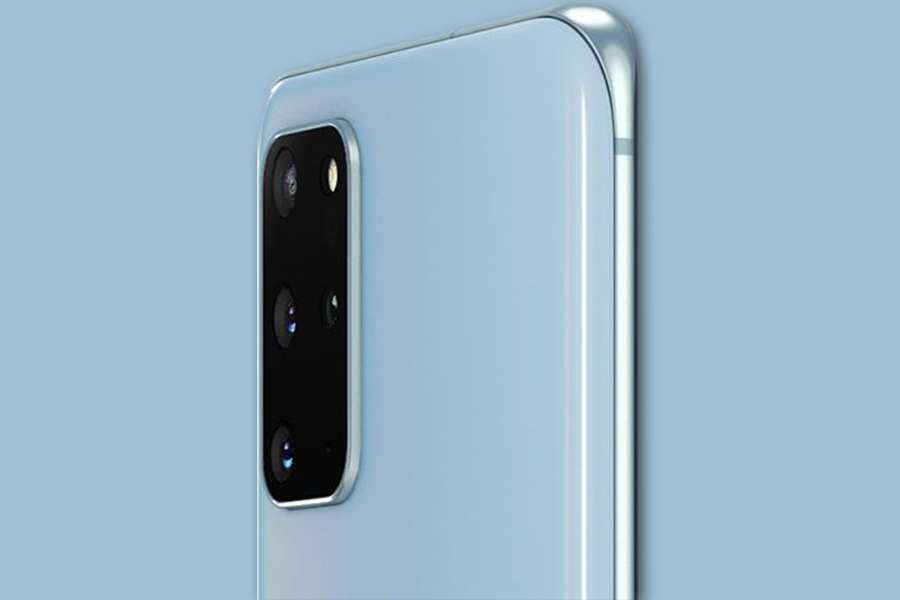Clash of the Titans.
Galaxy S20+ vs S20 Ultra: Side-by-side Samsung specs
Is the Ultra upgrade worth it?
Early last month, Samsung launched three premium handsets with more model variants that you can count on two hands: 108MP, 100x zoom, 5G, 4G, jiggabytes and slapdragons. What does it all mean?
Look, it may seem like there’s a lot to consider but when it comes down to brass tacks, there are only a few essential distinctions (or non-essential, depending on what you’re after). Firstly, and most importantly, there’s the price. The S20 Ultra is more expensive than the S20 and S20+, even at its lowest storage capacity it costs $1,999 where the S20+ costs $1,899 at its highest.
Then there are a few upgrades to the camera and battery. The S20 Ultra has more camera features than the S20+, such as a 108MP wide-angle camera and space zoom. The S20 Ultra also has a larger (5,000mAh) than the S20+ (4,500mAh), though the difference in size isn't reflective of actual day-to-day battery life.
Here’s a quick breakdown of the key differences and what they mean for you before we delve deeper.
While we're primarily comparing the S20+ and S20 Ultra, we've chucked in the S20 as a point of reference.
Galaxy S20+ vs S20 Ultra camera
The Galaxy S20 Ultra's biggest selling point is its superior camera array. The Ultra has a quad-lens array that includes a 12MP ultra wide camera, a 108MP wide-angle camera, a 48MP telephoto camera and a "DepthVision" ToF (Time of Flight) camera. It also sports a 10x hybrid (digital/optical) zoom and a 100x digital zoom dubbed space zoom.
The S20+ has fewer megapixels in its 12MP wide-angle camera and 48MP telephoto camera and only has a 3x hybrid zoom and a 30x digital zoom.
The other bonus you get with the Ultra is 8K video and stills. That’s going to be a neat feature for fans of design and photography. Still, the reality is, you will only be able to view those 8K photos and videos on a compatible device and 8K displays are still in the early adopter (aka super expensive) stage of their life cycle.
Whatever Galaxy S20 you pick, you're getting an outstanding smartphone camera. The question is: Does the Ultra's advanced camera upgrade justify the higher price tag? Based on our early impressions with the premium Ultra, we'd say it doesn't. The 100x zoom is mostly a gimmick and while it's a technically impressive feat, it's hard to imagine any practical use considering the drastic drop in quality you get from zooming all the way in.
Here are those specs side by side.
- Ultra-wide camera: 12MP
- Wide angle camera: 12MP
- Telephoto camera: 64MP
- DepthVision Camera: Yes
- Zoom: 3x hybrid zoom and 30x digital zoom

- Ultra-wide camera: 12MP
- Wide-angle camera: 108MP
- Telephoto camera: 48MP
- DepthVision Camera: Yes
- Zoom: 10x hybrid zoom and 100x digital zoom

Galaxy S20+ vs Ultra battery life
Don’t be fooled by the Ultra’s bigger 5,000mAh battery. It’s bigger than the 4,500mAh battery in the S20+ but it has a bigger display to power, so it almost evens out. Both handsets should get you just over 12 hours of basic usage with the refresh set to 60Hz but both take a dip to around 8 to 10 hours with the refresh rate set to 120Hz.
Both models have wireless charging but the Ultra does have one edge over the S20+; its fast charging. The S20 and S20+ models have 25W fast charging, where the Ultra has 45W fast charging. The Ultra should take a shorter time overall to get you a full charge but the difference isn’t anything to write home about and, again, the Ultra has a bigger battery to charge.
The bottom line is this: you shouldn’t expect longer battery life if you’re forking out more for the Ultra. In some cases, with heavier usage (e.g. consistent camera use and video playback), the Ultra’s proven to have a shorter battery life than the S20+.
Which should you buy?
For our money, the S20+ is the winner here. There's a case for the S20 Ultra if you really want to take advantage of the advanced camera features but if you take your photography and videography seriously, you've probably already invested in a quality DSLR anyway.
The fact is, the additional megapixels and 100x zoom are just an excuse for Samsung to flex some big numbers. In practice, the differences are near indistinguishable to the untrained eye and the Ultra's space zoom will go mostly unused.
You also don't have the option to save some money on 5G with the Ultra and most Australians won't have any use for the next-gen network for another year at the very least.
Save some money and get yourself a cheaper 4G S20+ and we're sure you won't be disappointed.
Related Articles





